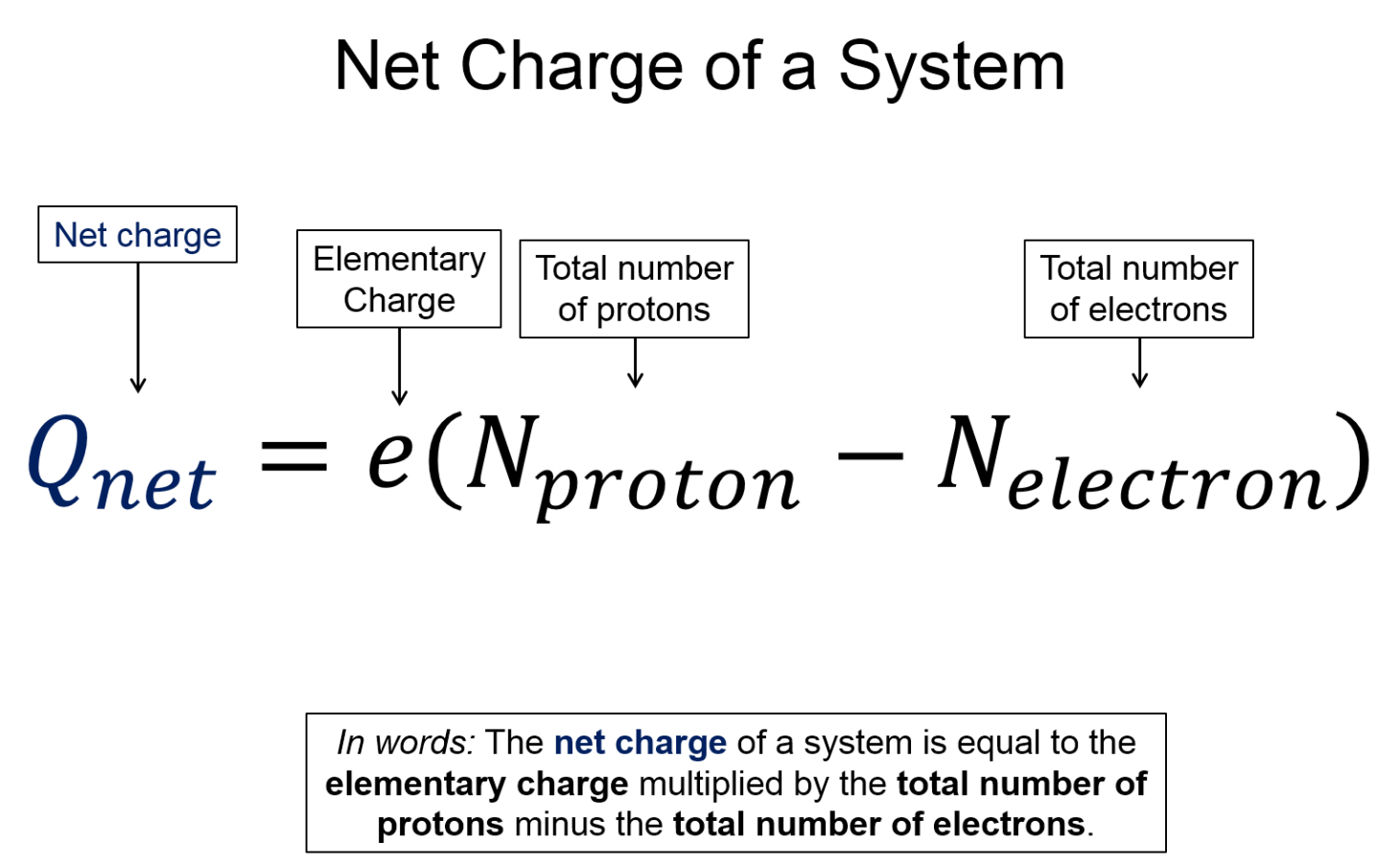Lecture 2 | Electric Forces & Coulomb's Law
Charges & the Electric Force
Lecture 2 | Electric Forces & Coulomb's Law
Charges & the Electric Force
Atoms are comprised of charges. The positively charged nucleus is attracted to the negatively charged electrons. Molecules, which are comprised of atoms, also bind together due to this charge related force of attraction. Solids and liquids, comprised of molecules, also bind together due to the electric force of charges. All forces we experience, except gravity, are due to the electric force.
Crash Crouse physics introduces us to charges.
Pre-lecture Study Resources
Watch the pre-lecture videos and read through the OpenStax text before doing the pre-lecture homework or attending class.
Electric Phenomena | Coulomb's Law
Electric Force
To understand the effects of objects with a distribution of charges exerting a force on each other, lets start with the force between two point charges. This is known as Coulomb's Law. The below equation reads, the magnitude of the electric force of particle 2 on 1 is equal to the magnitude of the electric force of 1 on 2 (Newton's 3rd law). That force is equal to the electric constant $k$ times the magnitude of $q_1$, times the magnitude of $q_2$, divided by the absolute distance between $q_1$ and $q_2$ squared.
$|\overrightarrow{F}^E_{21}| = |\overrightarrow{F}^E_{12}| = \frac{k|q_1||q_2|}{|\Delta \overrightarrow{r}_{12}^2|}$, where $k=8.99\times 10^9 N \cdot m^2/C^2$
The direction of the net force is determined by drawing a Free-Body Diagram and using the fact that unlike charges attract and like charges repel.
OpenStax Section 18.3 | Coulomb's Law




